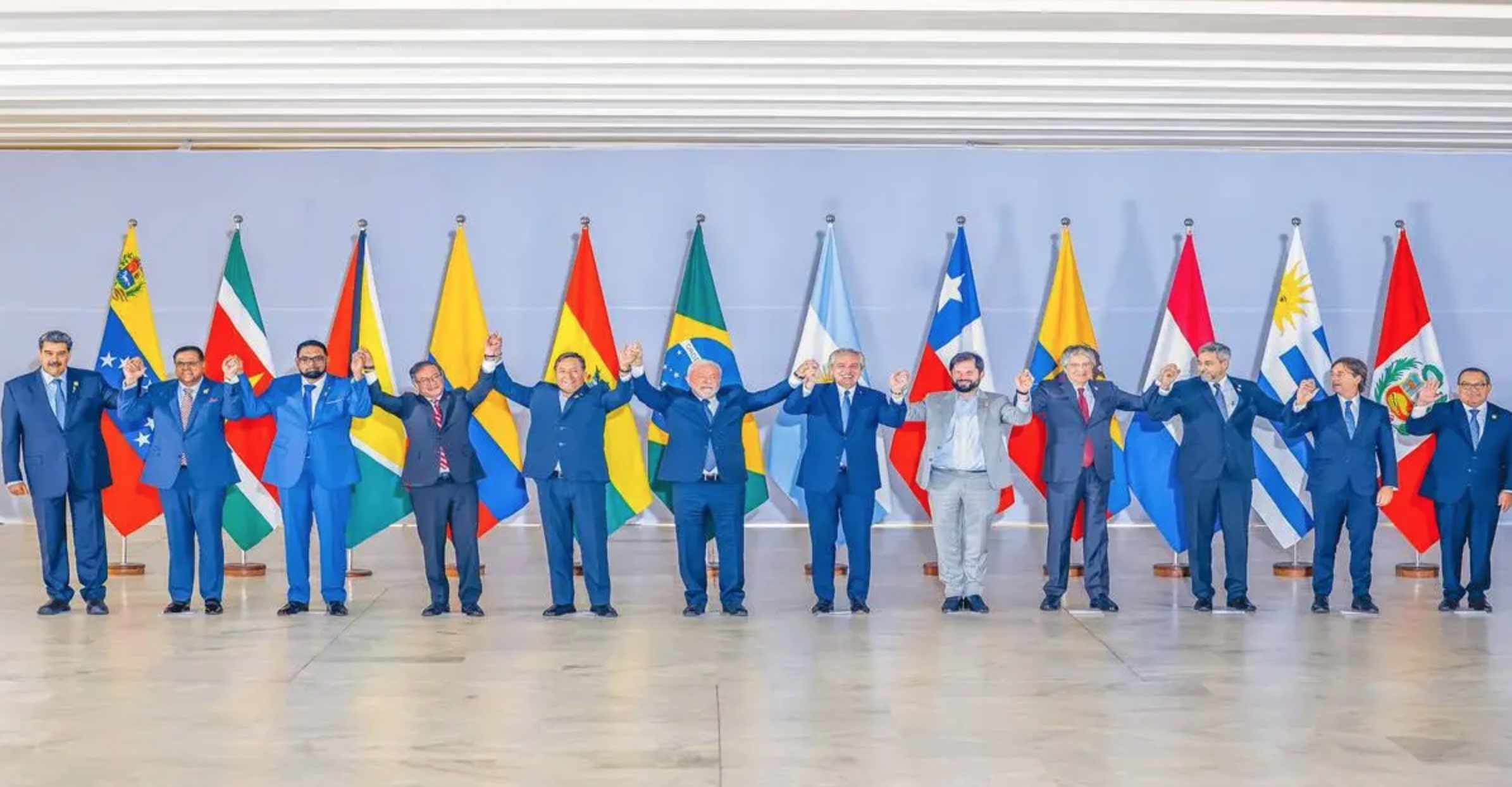Introduction:
In a significant move towards regional integration, Brazil has recently called for the establishment of a common currency for South America. This proposal seeks to enhance economic cooperation, facilitate trade, and foster closer ties among the nations of the continent. The potential implementation of a unified currency holds the promise of bolstering economic stability, promoting investment, and creating a more interconnected South American region.
Advancing Economic Integration:
Brazil’s call for a common currency underscores the nation’s commitment to strengthening economic integration within South America. By adopting a unified currency, countries in the region can streamline trade processes, eliminate currency exchange costs and fluctuations, and facilitate cross-border transactions. Such integration has the potential to stimulate economic growth, attract foreign investments, and enhance market access for South American businesses.
Promoting Regional Stability:
The introduction of a common currency can contribute to financial stability across South America. By aligning monetary policies and establishing a shared currency, countries can collectively address economic challenges and mitigate risks. A unified currency can provide a strong foundation for price stability, promote balanced economic growth, and reduce vulnerability to external shocks, ultimately fostering greater resilience within the region.
Strengthening Trade and Investment:
A common currency has the potential to greatly facilitate trade and investment within South America. Businesses will benefit from simplified payment mechanisms, reduced transaction costs, and increased transparency. Moreover, a unified currency can boost investor confidence, attract foreign direct investment, and foster greater economic cooperation among nations, leading to enhanced regional competitiveness and increased prosperity.
Challenges and Considerations:
While the idea of a common currency holds numerous advantages, it is essential to address potential challenges and considerations. Coordination of fiscal policies, monetary frameworks, and exchange rate mechanisms will be vital to ensure a smooth transition. Additionally, countries must work collaboratively to address economic disparities and structural imbalances to ensure that the benefits of a unified currency are evenly distributed among member nations.
Learning from Regional Experiences:
Brazil’s proposal can draw inspiration from successful regional currency initiatives, such as the Euro in the European Union. Studying the experiences and lessons learned from these ventures can provide valuable insights into the establishment of a common currency for South America. Strategic planning, robust institutional frameworks, and open dialogue among member nations will be crucial in shaping the implementation process.
Building Consensus and Collaboration:
To materialise the vision of a unified currency, Brazil’s call requires active participation and collaboration from other South American countries. Engaging in constructive dialogue, addressing concerns, and building consensus will be essential steps towards realising this ambitious goal. The collective efforts of South American nations can pave the way for a stronger and more integrated regional economy.
Conclusion:
Brazil’s call for a common currency for South America signifies a bold step towards deeper regional integration and economic cooperation. The establishment of a unified currency has the potential to unlock numerous benefits, including enhanced trade, increased investment, and greater financial stability. While challenges and considerations exist, the shared vision of a united South America can be achieved through sustained dialogue, collaboration, and a commitment to shared prosperity. As discussions unfold, the prospect of a common currency offers an exciting opportunity to shape the future of South America’s economic landscape.














